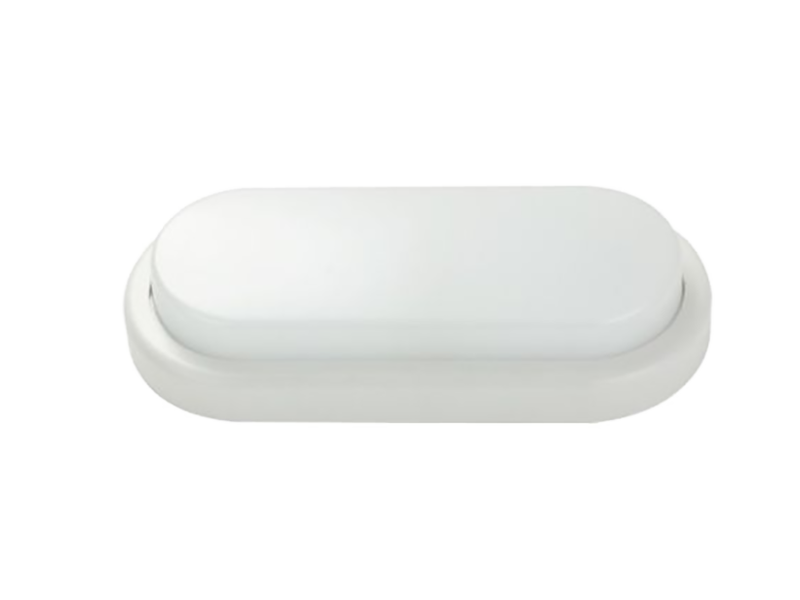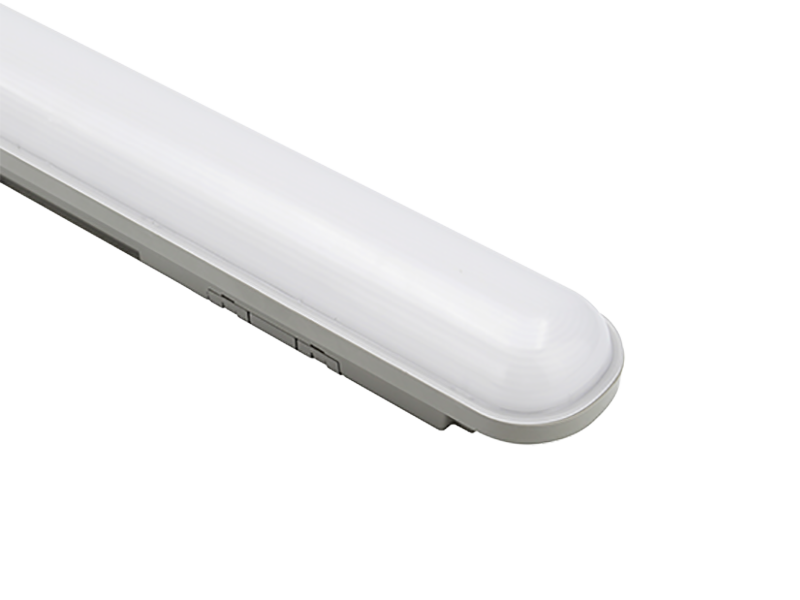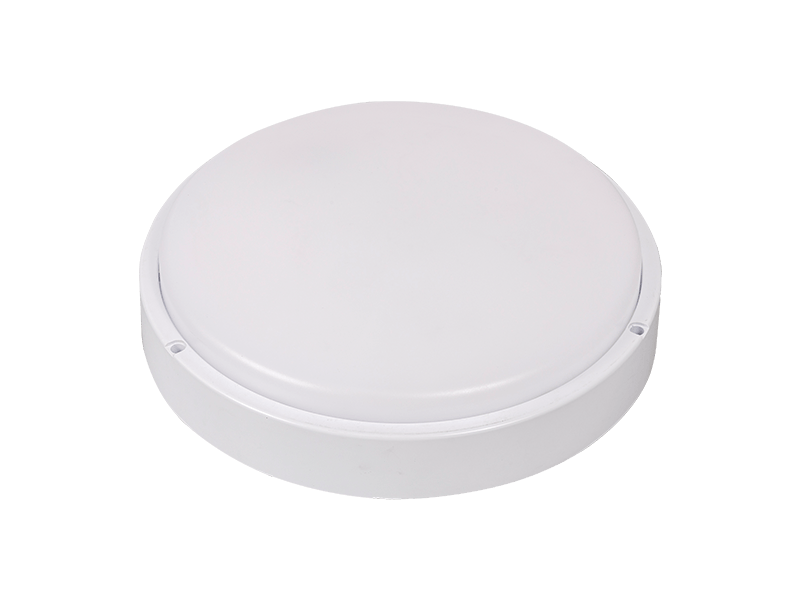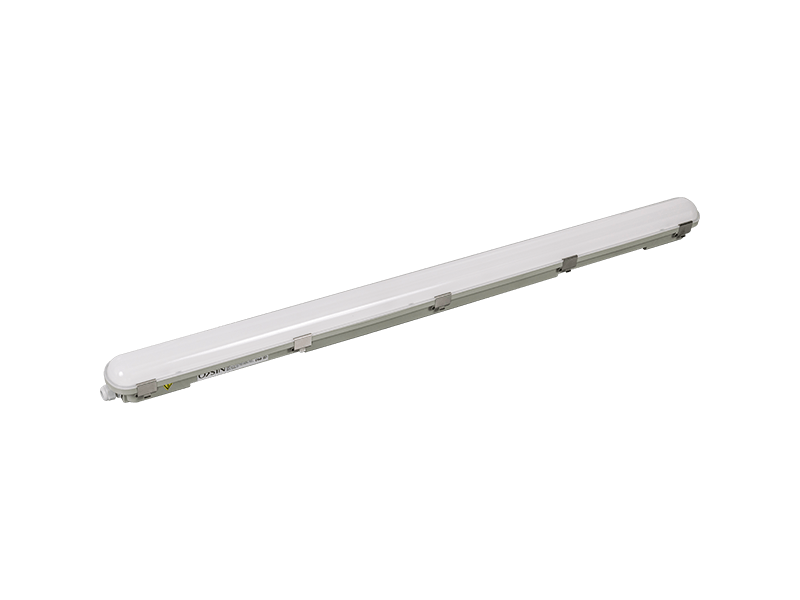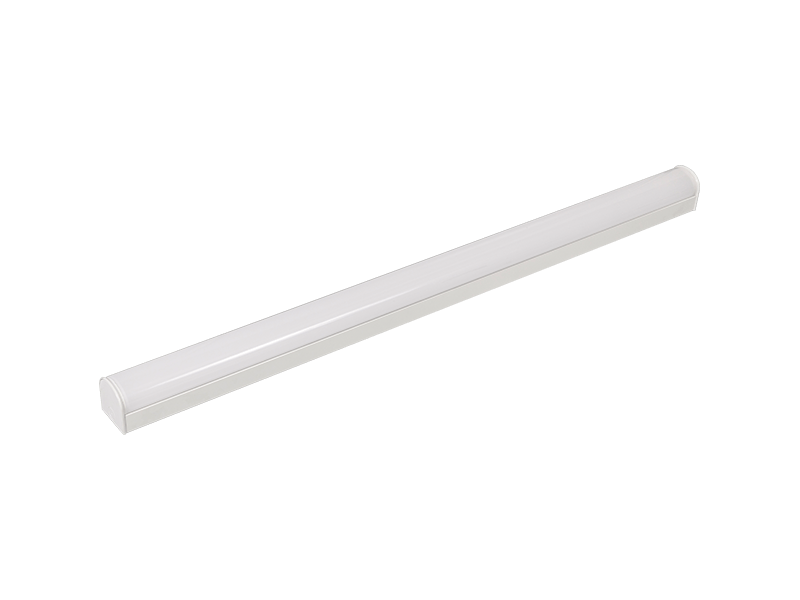Tube fittings are components used to connect and join sections of tubing or pipes in fluid systems. They provide a secure and leak-tight connection while allowing for easy disassembly and reassembly when needed. Here are some common characteristics of tube fittings:
-
Material: Tube fittings are typically made from various materials to suit different applications and operating conditions. Common materials include stainless steel, brass, carbon steel, and plastic (such as nylon or polypropylene). The choice of material depends on factors such as the fluid being conveyed, temperature, pressure, and corrosion resistance requirements.
-
Types: Tube fittings come in a variety of types, each designed for specific applications and connection methods. Some common types include compression fittings, push-to-connect fittings, flare fittings, quick-connect fittings, and threaded fittings. Each type has its own unique design and connection mechanism.
-
Connection Method: Tube fittings utilize different connection methods to secure the tubing or pipe. Compression fittings use a ferrule or ring that compresses onto the tubing when tightened to create a seal. Push-to-connect fittings have a collet or grip ring that locks onto the tubing when inserted, ensuring a secure connection. Threaded fittings require the tubing to be threaded into the fitting.
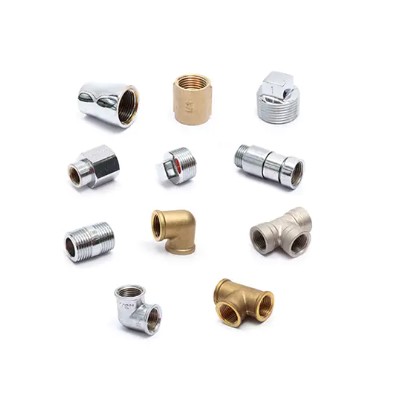
-
Sizes: Tube fittings are available in various sizes to accommodate different tubing or pipe dimensions. The sizes are typically specified by the outer diameter (OD) or inner diameter (ID) of the tubing or pipe. Common sizes range from a fraction of an inch to several inches.
-
Pressure Rating: Tube fittings have specific pressure ratings indicating the maximum pressure they can safely withstand. The pressure rating depends on the material, design, and size of the fitting. It is important to select fittings that can handle the anticipated pressure in the fluid system.
-
Temperature Range: Tube fittings have temperature limits that define their operating temperature range. The temperature limits are determined by the material's thermal properties and its ability to withstand the temperature extremes of the fluid being conveyed.
-
Leak Tightness: Tube fittings are designed to provide a leak-tight connection between tubing or pipe sections. The fitting's design and connection method ensure that no fluid escapes from the joint, preventing leaks and maintaining system integrity.
-
Compatibility: Tube fittings are compatible with various types of tubing materials, such as copper, stainless steel, PVC, or PEX. It is important to ensure that the fitting material and design are compatible with the tubing material to prevent compatibility issues and potential leaks.
-
Ease of Installation: Tube fittings are designed for easy installation, disassembly, and reassembly. They often require simple hand tools or no tools at all, depending on the fitting type. This facilitates quick and efficient installation or maintenance of the fluid system.
-
Application Range: Tube fittings find applications in a wide range of industries and fluid systems, including plumbing, HVAC, automotive, industrial processes, and pneumatic or hydraulic systems. They are used for both high-pressure and low-pressure applications.

 Search
Search English
English Español
Español